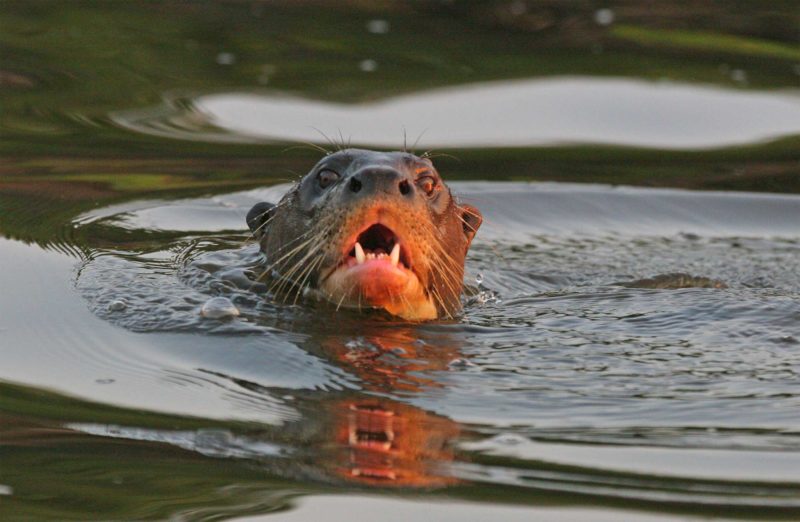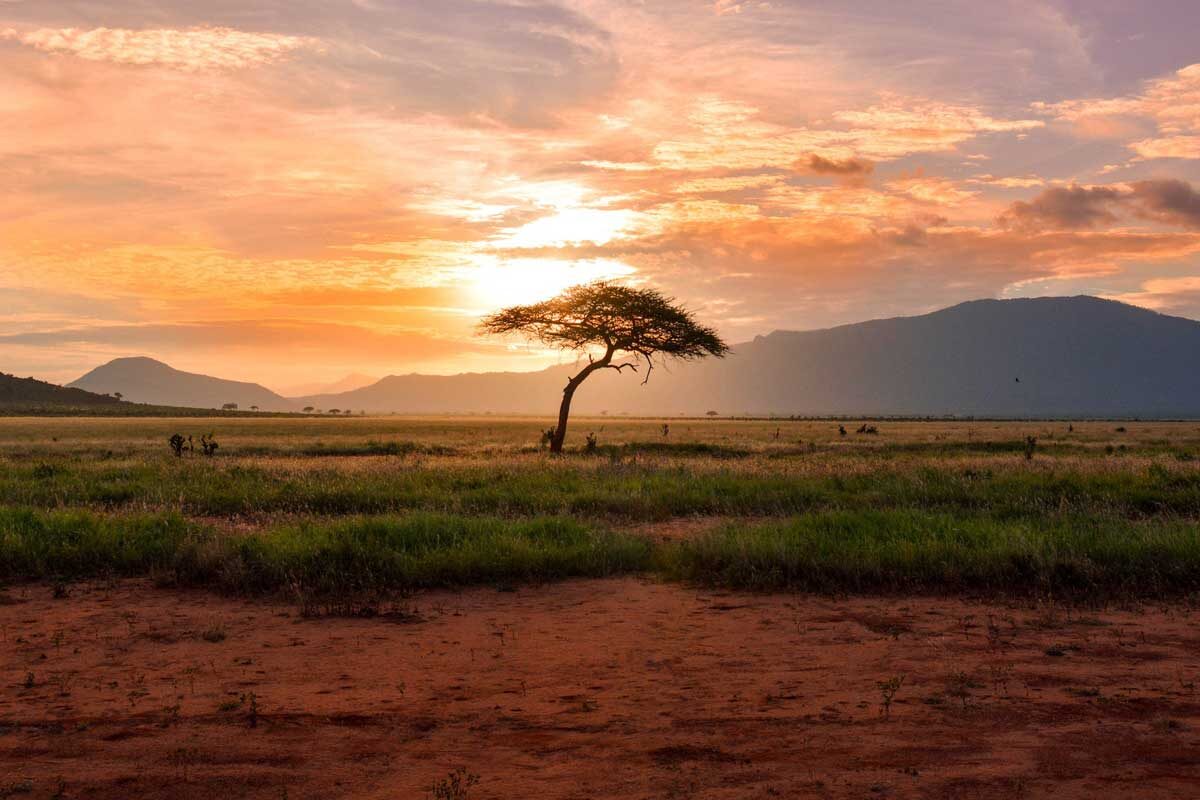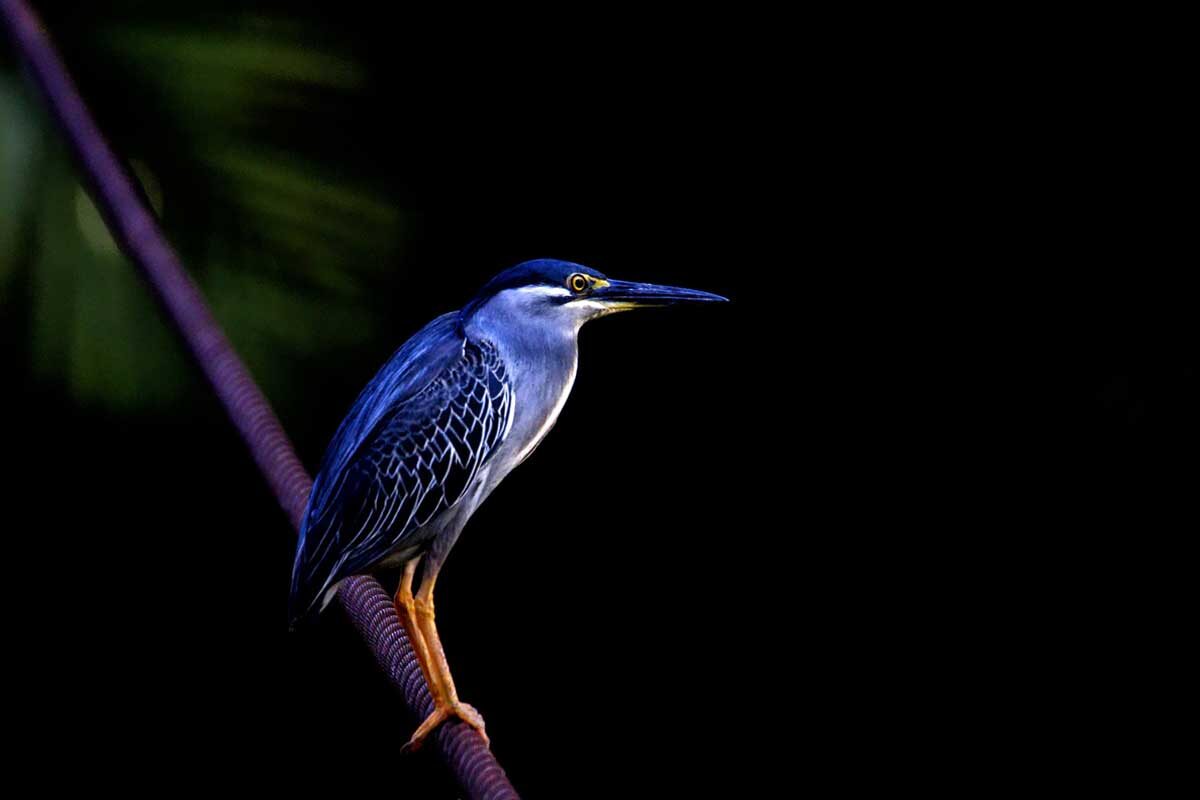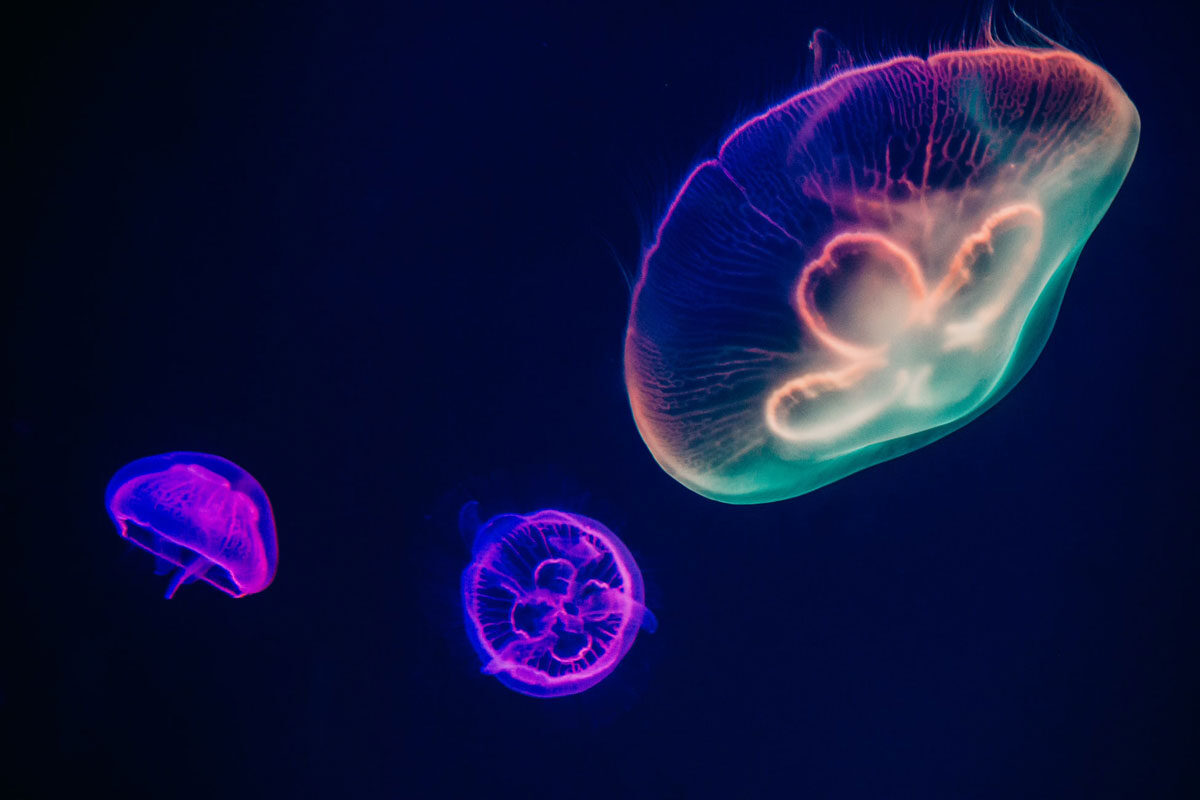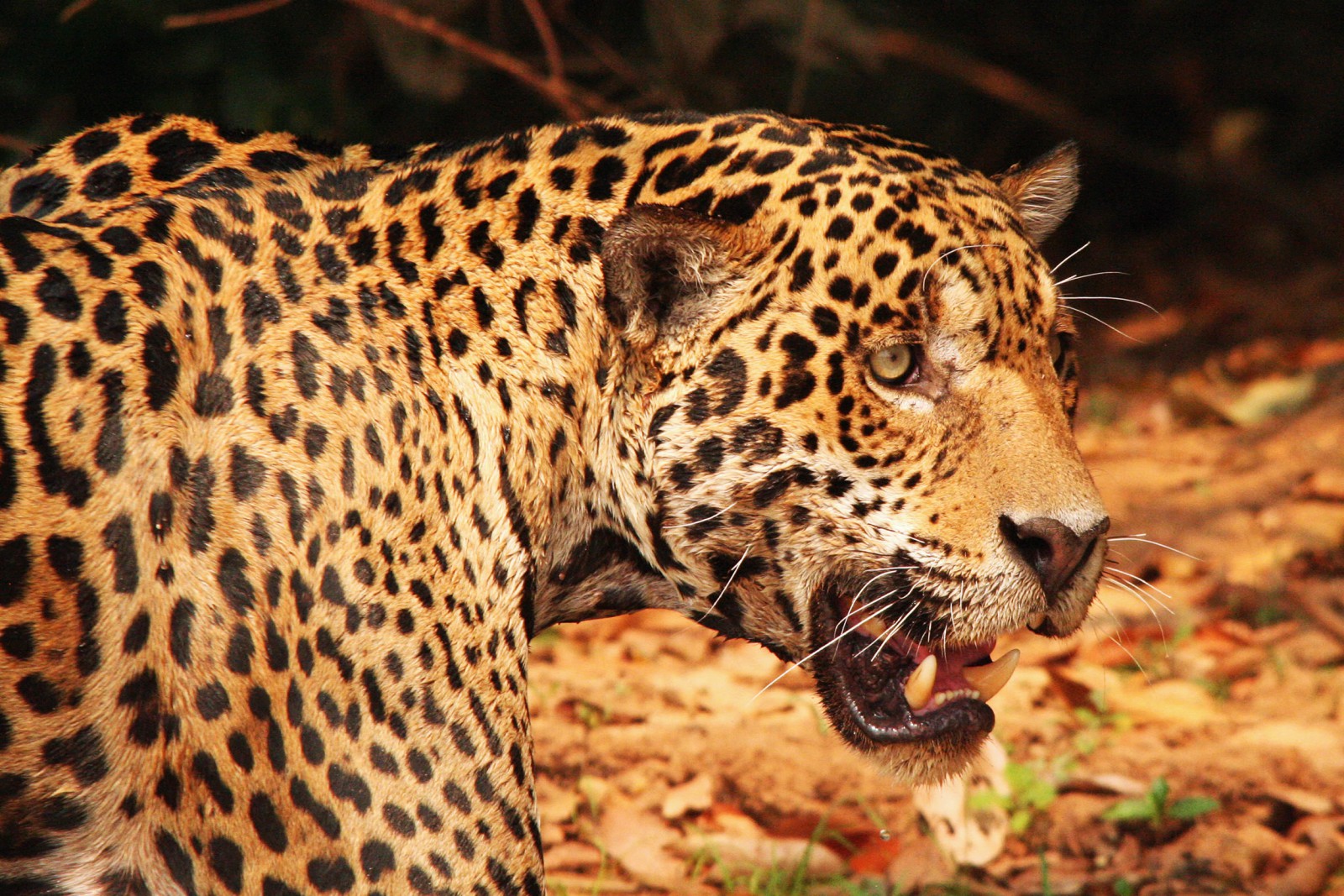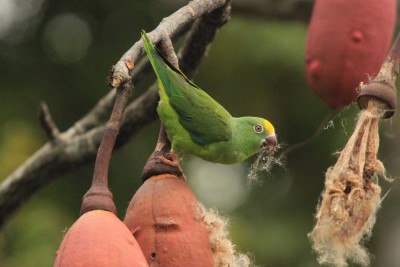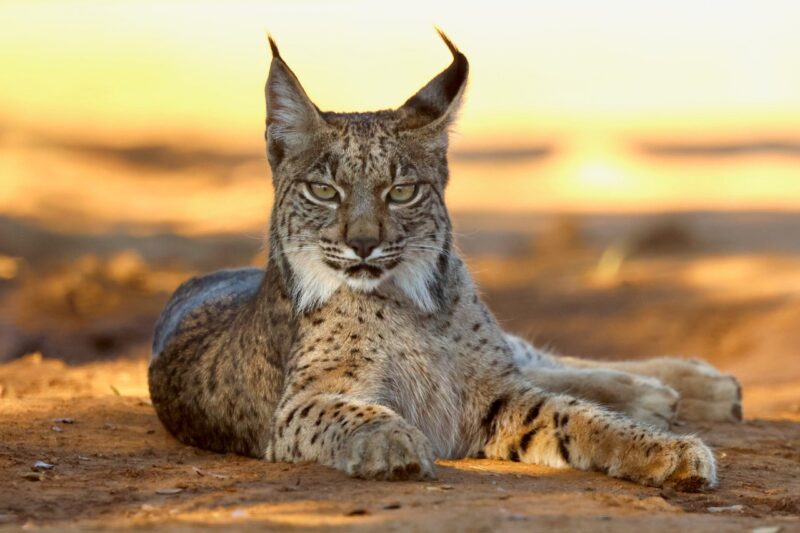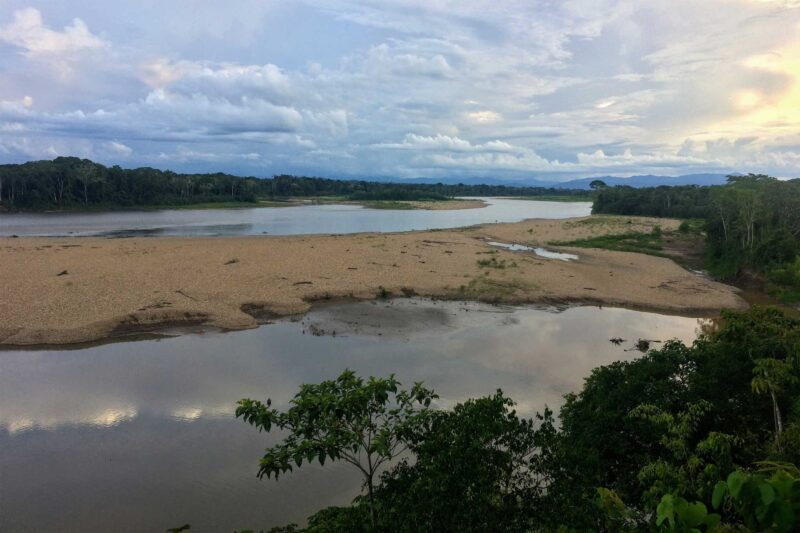Big cats are in general some of the most elusive, yet enchanting and exciting animals on the planet. The jaguar, the third largest species and surely one of the most eye wateringly beautiful animals you could possibly see is the king of South American mammals.
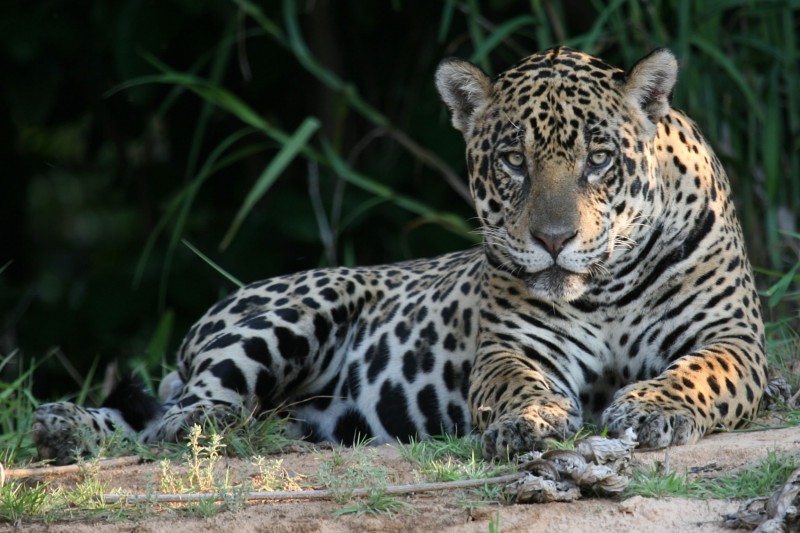
Until relatively recently seeing this beautiful big cat in its natural habitat was a very rare occurrence that only a lucky few managed whilst exploring remote tropical forests in South and Central America.
Today everything has changed, as seeing a jaguar in the wild has now essentially become as regular as observing lions and cheetahs in the Serengeti. In recent years our clients have reported having as many as 22 sightings of jagurs in just four days. This is all thanks to one hotspot, the vast wetlands of Brazil’s Pantanal. Reef and Rainforest Tours pioneered jaguar watching here in the early 2000’s when rumours of jaguar sightings were coming from the southern reaches of the Cuiaba River, which is right in the heart of the Pantanal.
Throughout most areas of the Pantanal jaguars occur at a density of between 6-11 individuals per 100km2, but the reason there are so many jaguars in the Cuiaba River region, is due to the incredible quantity and quality of food for them here. There are estimated to be 10 million yacare caiman living in the wetlands of Brazil’s Pantanal, which is the largest concentration of crocodilians on the planet and this is the jaguars’ main prey here.
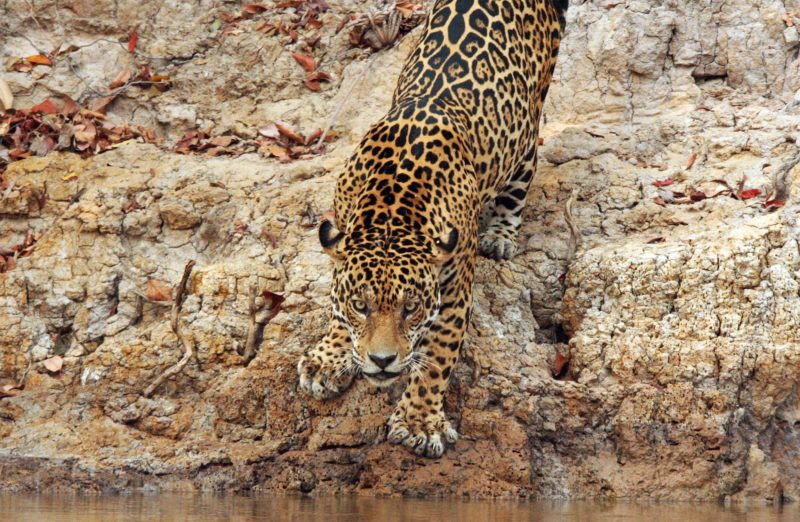
When
Key to the incredibly high success in seeing this magnificent predator here is that our tours visit this area during the dry season that runs from June to November when the wildlife is more concentrated. During this period jaguars hunt the abundant yacare caiman and capybara along the waterways and also use the riverbanks as corridors as well as rest on the numerous exposed sandbars.
The focus is on the Cuiaba River, Three Brothers River and their smaller tributaries around the Meeting of the Waters State Park at the end of the Transpantaneira in the Northern Pantanal. This area north of the fishing village of Porto Jofre has now become known as jaguarland, for its unbelievably reliable and prolonged sightings. This region is thought to support one if the highest density of jaguars anywhere and the cats are now very comfortable being observed by a boat , enabling some staggeringly excellent photographic opportunities and a chance to observe interesting behaviour such as hunting, mating and interactions with giant otters if lucky.
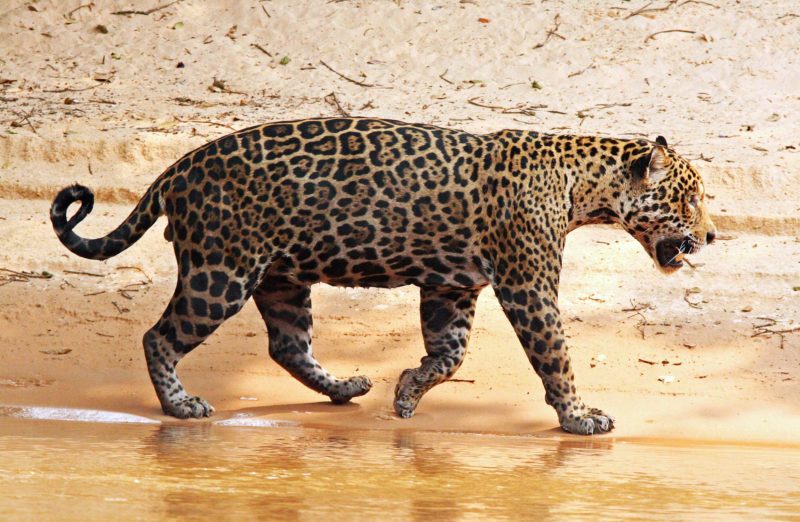
Sightings are excellent throughout the dry season which runs from June to November, but usually reach their peak for quantity and quality in July, August and September, when the local guides have had a month or two to get to know the habits of individual jaguars after the flooded season (January to May).
The main factor that could possibly limit the number of sightings you could have is a cold weather system that can occur from the south. These systems typically bring cool, wet weather for a day or two and this usually causes the jaguars, anteaters and other species to retreat into the forest and shelter.
However, once the weather system has passed there tends to be a spike in sightings as the animals have been inactive. The cold fronts are in general quite rare in the dry season and only occur on about 10% of the days during June- November. They also tend to occur more frequently earlier in the season in May, June and July.
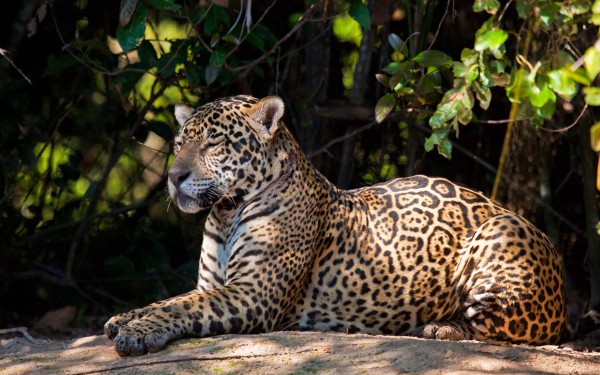
Where
All the jaguar searching in the Northern Pantanal is by boat, so you typically spend each day (up to 8 hours on a boat) exploring the Cuiaba River and its tributaries searching for jaguars but also seeing giant otters and lots of other wildlife too. The chances of seeing jaguars are excellent which ever accommodation option here you choose, all of our clients who have visited the area for at least four nights over the last 13 years have had superb jaguar sightings.
There is more than one choice of accommodation here now with the SouthWild, Millinemium and Panoramico Jaguar Flotels and Suites moored in the heart of many jaguar territories.
While for a more rustic land-based option there is now the SouthWild Jaguar Retreat; a converted fishing camp located far upstream in area where it is more likely you can find your own jaguars away from too many other boats.
For those that like to stretch their legs and not be confined to a boat the whole time, the Pantanal Norte Hotel previously known as the Porto Jofre Hotel, is a popular choice.
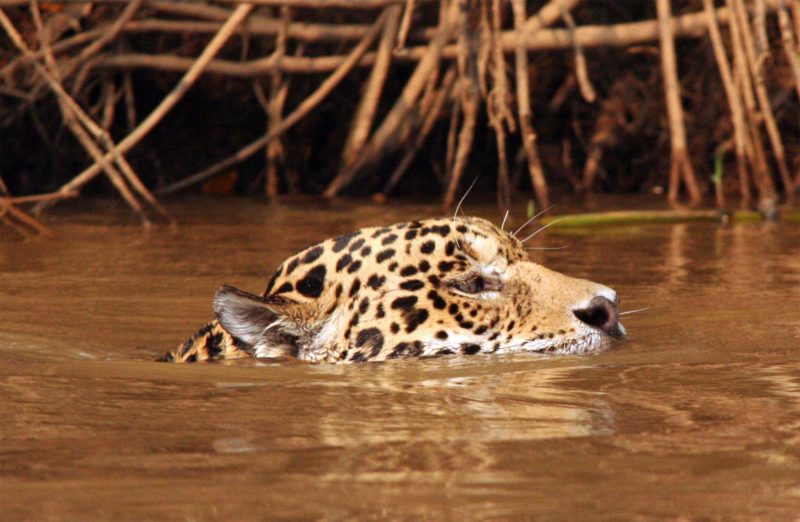
This hotel is located right on the riverbank in Porto Jofre and although only offers simple accommodation with a small pool; it also has hyacinth macaws and toco toucans feeding in the grounds. It can take a little longer to reach reported jaguar sightings and access the key areas from here, but there have been jaguars seen just 10 minutes upstream from the hotel as well.
The popularity of the jaguar watching here in recent years means that there are now more and more boats out searching for and reporting jaguar sightings which in turn is increasing the chances for everybody to see even more of jaguars. It can however though get busy in the peak months with multiple boats taking their turn to drift quietly past a resting jaguar.
If you are looking for a quieter, more intimate jaguar experience then the Taiama Ecological Reserve on the Paraguay River is worth considering. The river here is much larger, with a lower density of jaguars and as a result has much fewer jaguar watching boats. It is worth noting though that this lack of spotters, does result in far fewer sightings overall and much more effort is required to see jaguars here.

The third jaguar watching destination in the Pantanal is quite different as it offers an excellent low volume, high value wildlife experience that has been modeled on the private concessions of Botswana and South Africa.
The jaguar watching here has been developed by the fantastic Oncafari Project, based at the Caiman Ecological Refuge in the southern Pantanal, three hours by road from the city of Campo Grande. This experience offers guests high comfort lodging and a very authentic and all-round Pantanal experience. Instead of searching for jaguars by boat, here you can enjoy the thrill of seeking these big cats on a safari by 4WD. In the expert company of the Oncafari team you will search for both collared and non-collared jaguars in a mosaic of gallery forest, savannah and seasonal lakes. A handful of the many jaguars on the 53,000-hectare property have been fitted with GPS, VHF and satellite transmitter collars in order to gather important data on jaguars’ movements, habitat use and potential threats and conflicts with cattle ranchers, all of which is fed back into jaguar conservation.
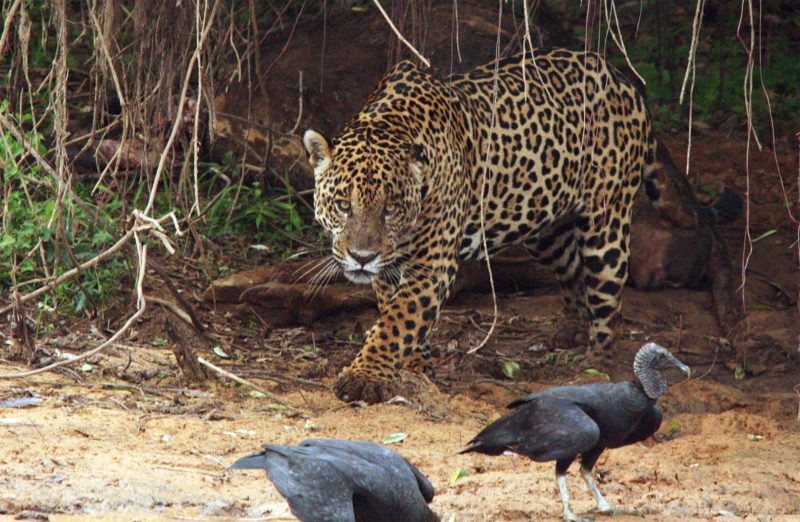
With ocelots, giant anteaters, tapirs, giant otters, hyacinth macaws, jabiru storks, anacondas and much more there is plenty to keep wildlife enthusiasts excited on a trip to the Pantanal in between the mesmerising jaguars.
